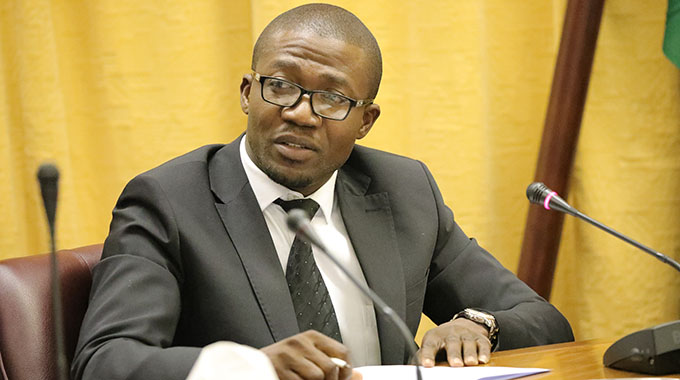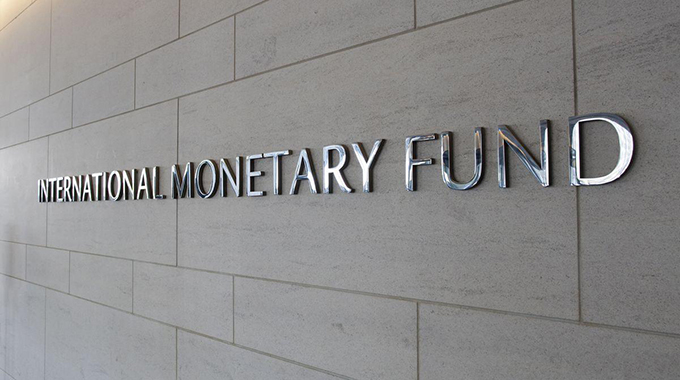Mining edges towards value addition

Africa Moyo Deputy News Editor
THE mining industry has reaffirmed support for Government’s aspiration to value add and beneficiate local minerals, as opposed to exporting raw materials, in a bid to generate more revenue for the country.
Last year, the country generated about US$3,4 billion from minerals, but experts insist that if more minerals were to be value added and beneficiated, more revenue would have been raked in.
Chamber of Mines of Zimbabwe’s immediate past president Mr Batirai Manhando told delegates who included President Mnangagwa during the official opening of the Zimbabwe Annual Mining Conference on Friday, that miners are in full support of the beneficiation agenda.
Already, there are two smelters in the country following the commissioning of the $62 million Unki Mines smelter by President Mnangagwa on May 16.
Zimplats has had a smelter at Selous since 2000.
Said Mr Manhando: “The Chamber of Mines supports Government’s position on value addition and beneficiation. Our members continue to demonstrate support for this policy as reflected by the Unki Mines smelter that was officially opened by Your Excellency the President sometime this month (last month).
“Our mining industry is poised for rapid beneficiation and value addition. We will continue to work with Government to align and expedite achievement of the beneficiation targets and milestones.”
The smelter, a Tenova Hatch hybrid with a furnace rating of 8MW, has an annual smelting capacity of 61 000 tonnes per annum.
Government says value addition is necessary as it not only increases revenue, but also brings technology to Zimbabweans while the country also satisfies itself that all by-products coming out of minerals are reached locally before going abroad, especially South Africa.
Beneficiation is also seen as critical in creating value, employment and accelerating industrial development.
Employment creation is central to Government’s plans as it seeks to attain an upper middle income status under Vision 2030.
Under this ambitious plan, Government wants to ensure citizens have decent jobs and a per capita income of US$3 500.
Mr Manhando said miners have had joy in working with the Second Republic, which has established a platform for engagement.
“Chamber of Mines commends Government for creating an environment that allows for constructive engagement on matters that affect stakeholders in the mining value chain.
“The Chamber of Mines has been accorded access to all arms of Government including interface with His Excellency the President (Mnangagwa).
“Such an environment ensures that all issues that undermine viability or growth are resolved pro-actively with urgency. With mutual trust and common vision, our mining industry is destined for success,” he said.
He added that the mining sector is a key pillar the country’s economic transformation and the attainment of Vision 2030, but only if an enabling environment is created through favourable policies.
Mr Manhando also said the sector required US$14 billion in the next five years to ramp production.
The mining sector currently contributes in excess of 15 percent to nominal GDP, more than 65 percent to national exports, and around 12 percent of the fiscal revenue.
In addition, the industry attracts more than 50 percent of foreign direct investment and creates 45 000 direct jobs and over 100 000 jobs in the artisanal and small-scale sector.











Comments